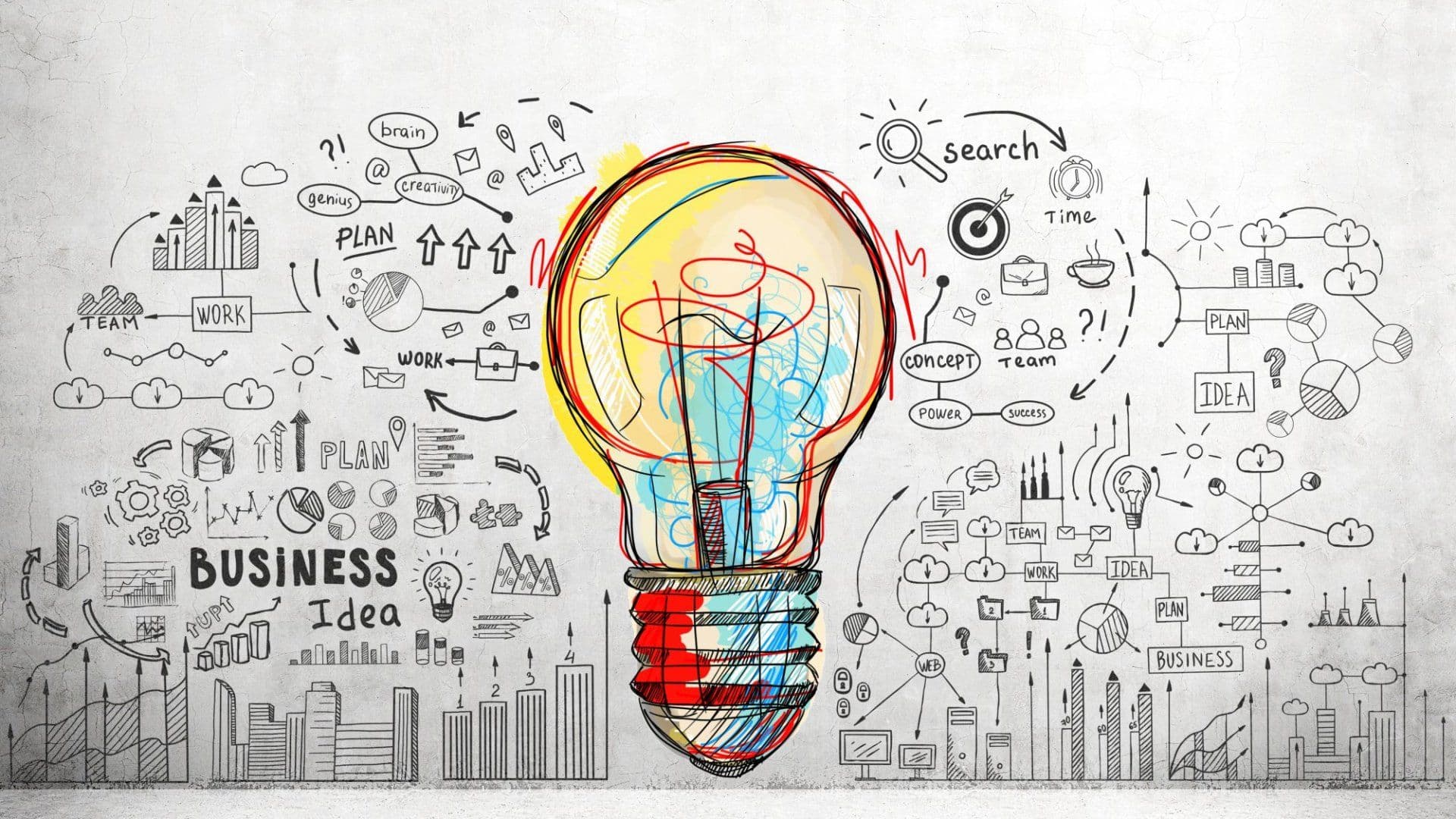Intent Meets Impact: The User-Centred Revolution
In a world shaped by rapid change and rising expectations, user-centred design (UCD) has emerged as the soul of modern innovation. No longer is it enough for a product to function or look polished, it must resonate. UCD shifts the spotlight from features to feelings, from assumptions to empathy, and from isolated teams to co-creation across disciplines. This article explores how UCD is reshaping the design landscape, empowering teams to build more intuitive, inclusive, and emotionally resonant experiences. Through deep research, constant iteration, and a focus on accessibility and personalization, UCD offers a proven path to create products that are not only usable; but deeply meaningful. If innovation is your goal, empathy is your most powerful tool. Start with the user. Stay with the user. End with the user.

In a world where technology evolves by the minute and consumers expect more than ever, user-centred design (UCD) has become the beating heart of meaningful product innovation.
No longer is it enough for a product to simply work or look good. Today, products must feel right intuitive, inclusive, and built around the real lives of real people. UCD isn’t just a process; it’s a mindset rooted in empathy and fueled by curiosity.
As Jon Kolko, author of Well-Designed, put it:
“Design is the rendering of intent. User-centred design ensures that intent aligns with what people actually need.”
Let’s explore how this philosophy is transforming the future of design and why companies that embrace it are the ones poised to lead.
From Functionality to Empathy: The New Standard
Traditional product design was largely about utility: build something that performs its job reliably. But as expectations grew, the definition of success expanded.
User-centred design shifts the focus from what we think users need to what they truly value. It means observing, listening, and understanding the subtle moments that define how people experience products.
“If you want to create a great product, start by caring deeply about the person who will use it.” Don Norman, pioneer of user-centred design
Empathy is no longer optional. It’s the most powerful competitive advantage any organization can cultivate.
The Cornerstones of User-Centred Design
1. Deep, Ongoing User Research
User-centred design starts with discovery interviews, observations, surveys, and data analysis to illuminate hidden pain points and unmet needs.
“The details you uncover when you sit with users are the seeds of breakthrough innovation.”
When we see the world through their eyes, we spot opportunities others miss.
2. Collaborative Creation
UCD thrives when designers, engineers, marketers, and customers work side by side. Co-creation isn’t just a buzzword; it’s how we ensure solutions are feasible, desirable, and viable.
Collaboration bridges the gap between idea and impact.
3. Iteration Over Perfection
Rather than chasing the illusion of a perfect first draft, user-centred teams build, test, learn, and refine. Every prototype is a chance to get closer to what users truly want.
“Design is iterative. The first version is rarely right, but every version gets you closer.”
This cycle of testing and learning accelerates progress while reducing costly mistakes.
4. Accessibility and Inclusion
Products should work for everyone regardless of ability, background, or circumstance. UCD helps designers bake inclusivity into every decision, expanding impact and earning trust.
Accessible design is not just ethical it’s smart business.
5. Emotional Connection
People don’t just buy products. They buy feelings confidence, delight, security. User-centred design crafts experiences that resonate on a human level.
“People ignore design that ignores people.” Frank Chimero, designer and author
How UCD Fuels Innovation
Personalization as Standard
Today’s consumers expect products tailored to their preferences. Whether it’s customizable interfaces or modular product features, UCD empowers companies to deliver experiences that feel personal.
Humanizing Technology
Emerging tech AI, IoT, voice interfaces offers incredible capabilities. But without UCD, these tools risk feeling cold or overwhelming. Design bridges this gap, transforming complexity into simplicity.
De-Risking Innovation
Validating ideas early and often ensures teams invest time and money in the right problems. Prototyping with users means fewer surprises and more confidence at launch.
Championing Sustainability
More consumers expect companies to stand for something bigger. UCD helps teams design products that respect the planet, reduce waste, and align with modern values.
“Sustainability is not a constraint it’s a catalyst for creativity.”
The Role of Culture and Social Change
Culture shapes how people see the world and their expectations of products. From privacy to inclusivity, designers must tune in to societal shifts and reflect them in their work.
UCD ensures design is not only functional but culturally relevant.
Cross-Disciplinary Collaboration: The Secret Weapon
No single discipline holds all the answers. User-centred design naturally breaks down silos, uniting:
- Designers (to champion empathy)
- Engineers (to ensure feasibility)
- Marketers (to align messaging)
- Product managers (to guide strategy)
This shared commitment to the user unlocks richer ideas—and faster innovation.
“The best products are built when no one cares who gets the credit.”
The Road Ahead: Designing a Better Future
As we look to the future, one truth is clear: user-centred design is not a passing trend. It’s the foundation of products that improve lives, strengthen brands, and make the world a little better.
Whether you’re building software, designing physical products, or shaping services, the same principle applies:
“Start with the user. Stay with the user. End with the user.”
In the end, products succeed because they are useful, usable, and meaningful. That’s the promise and the power of user-centred design.
Conclusion
User-centred design is reshaping what it means to innovate. It challenges us to lead with empathy, to listen deeply, and to create solutions that truly matter.
When we put people first, we don’t just build better products we build a better future.
